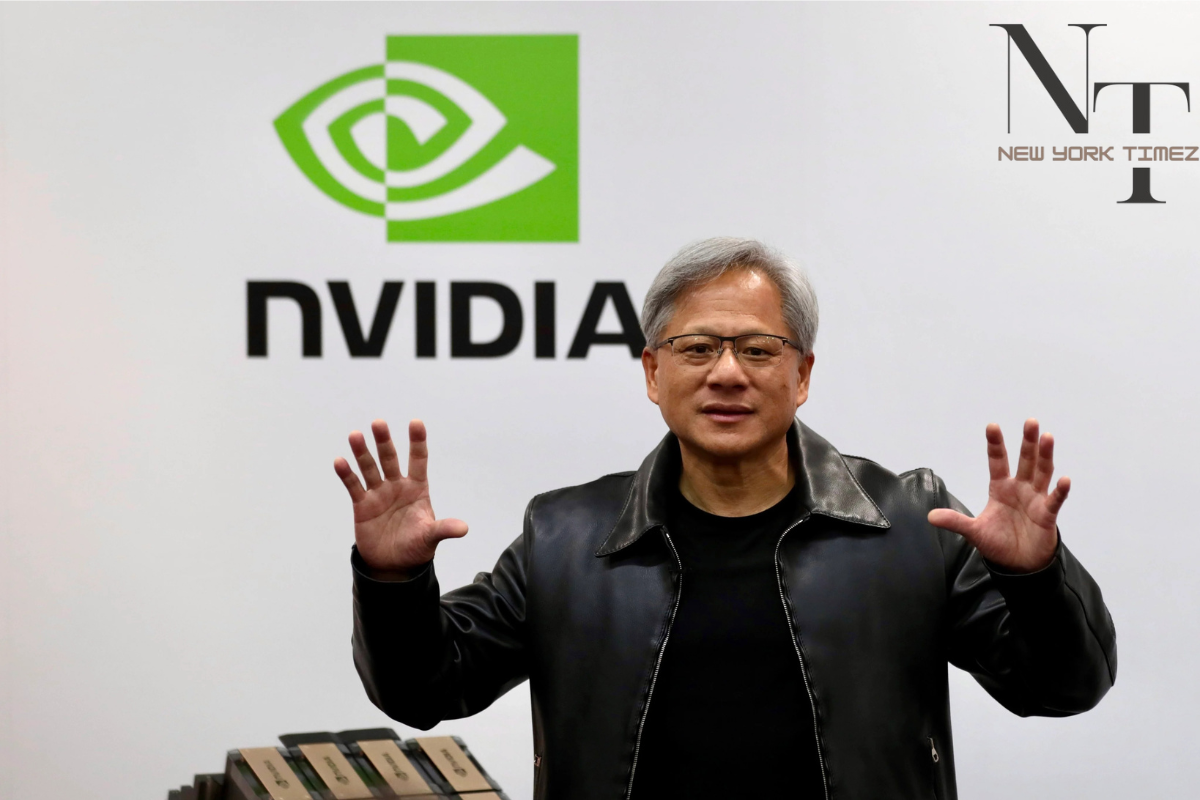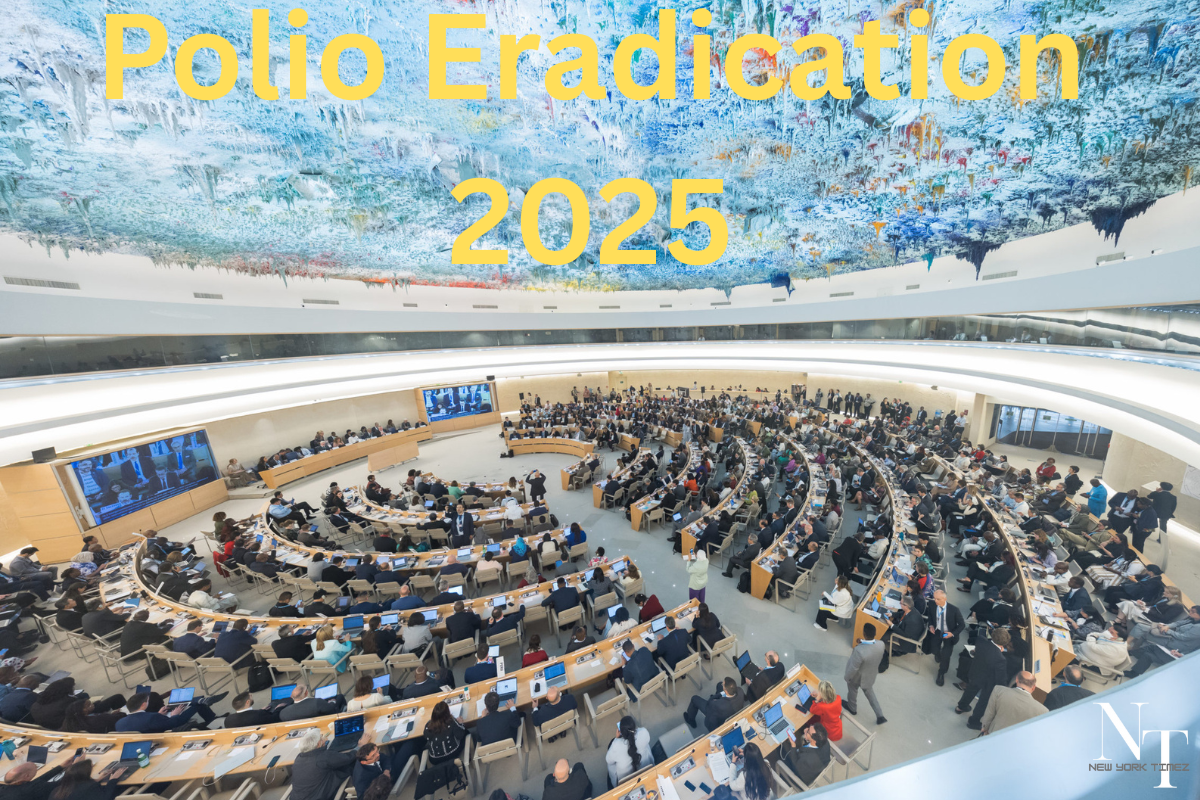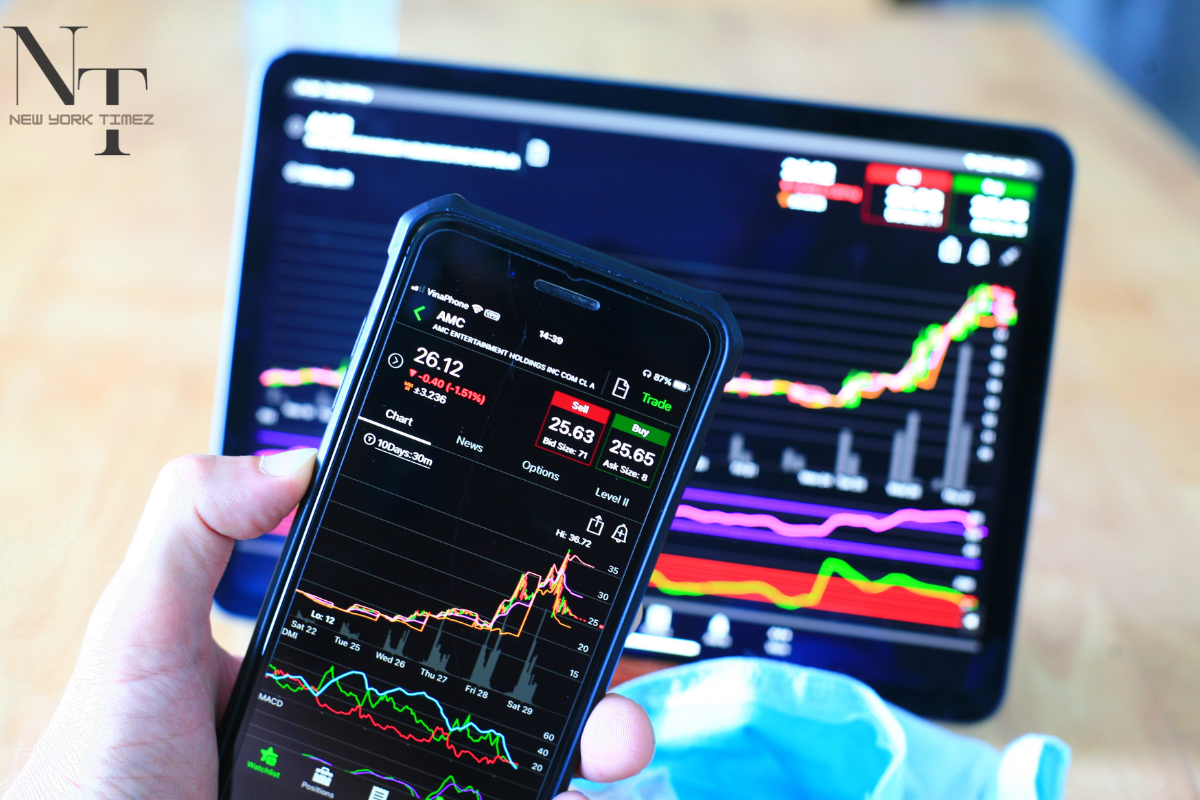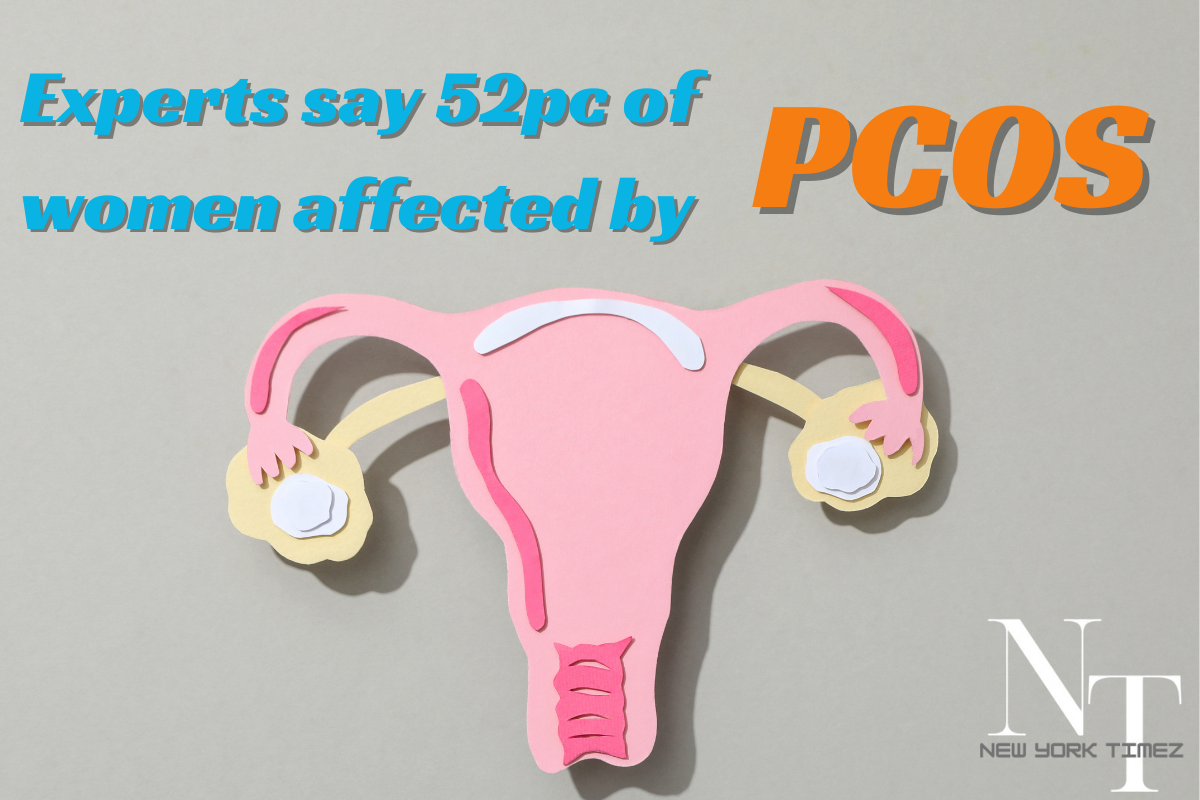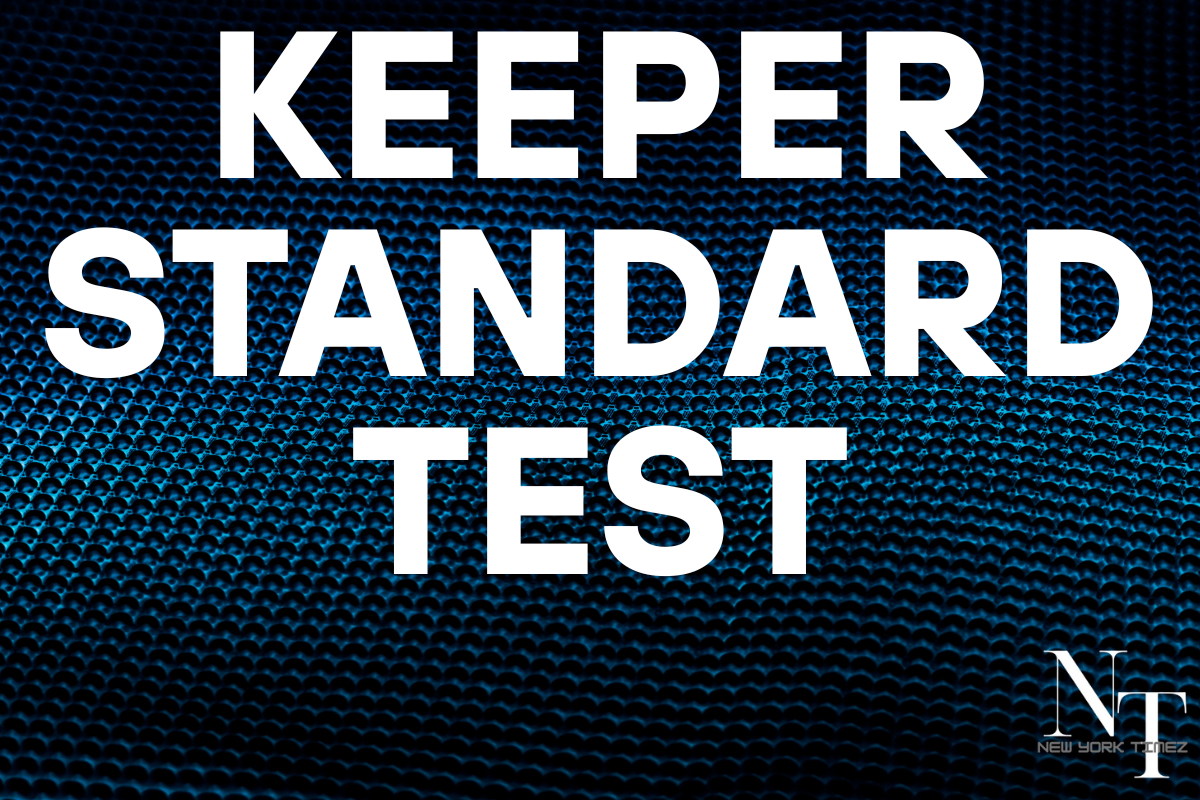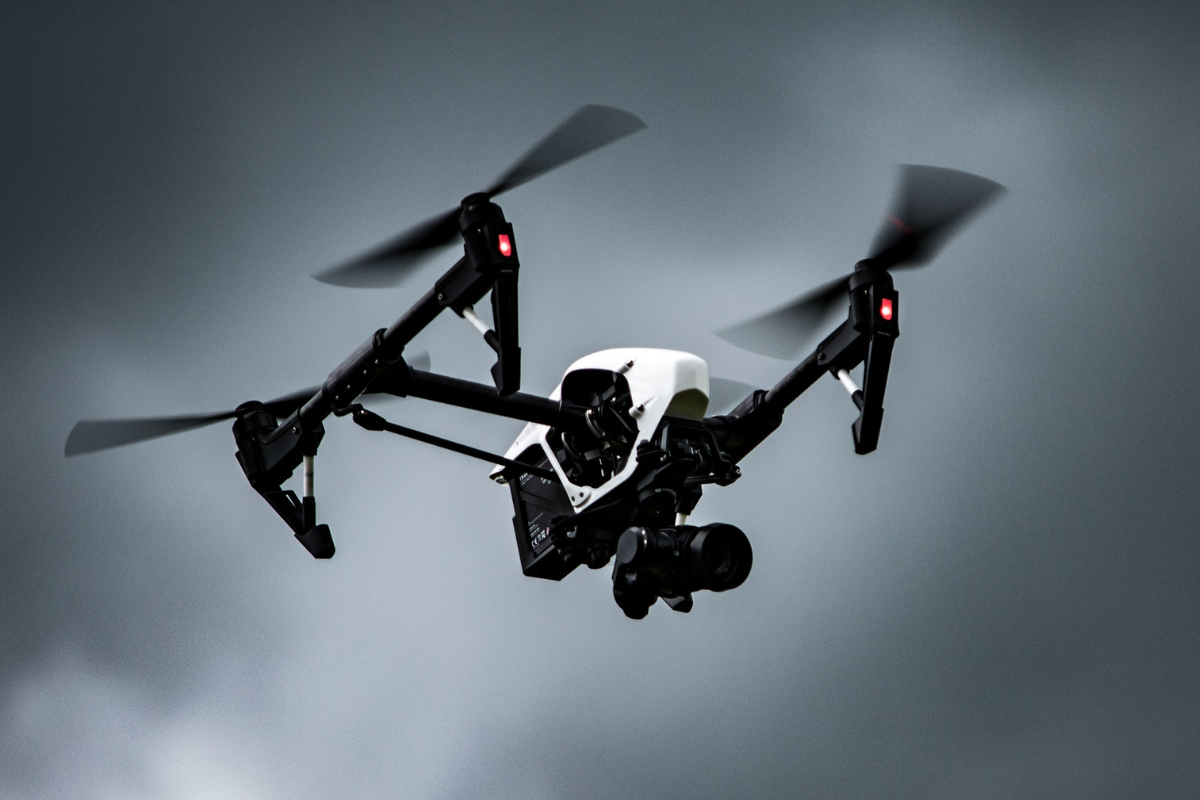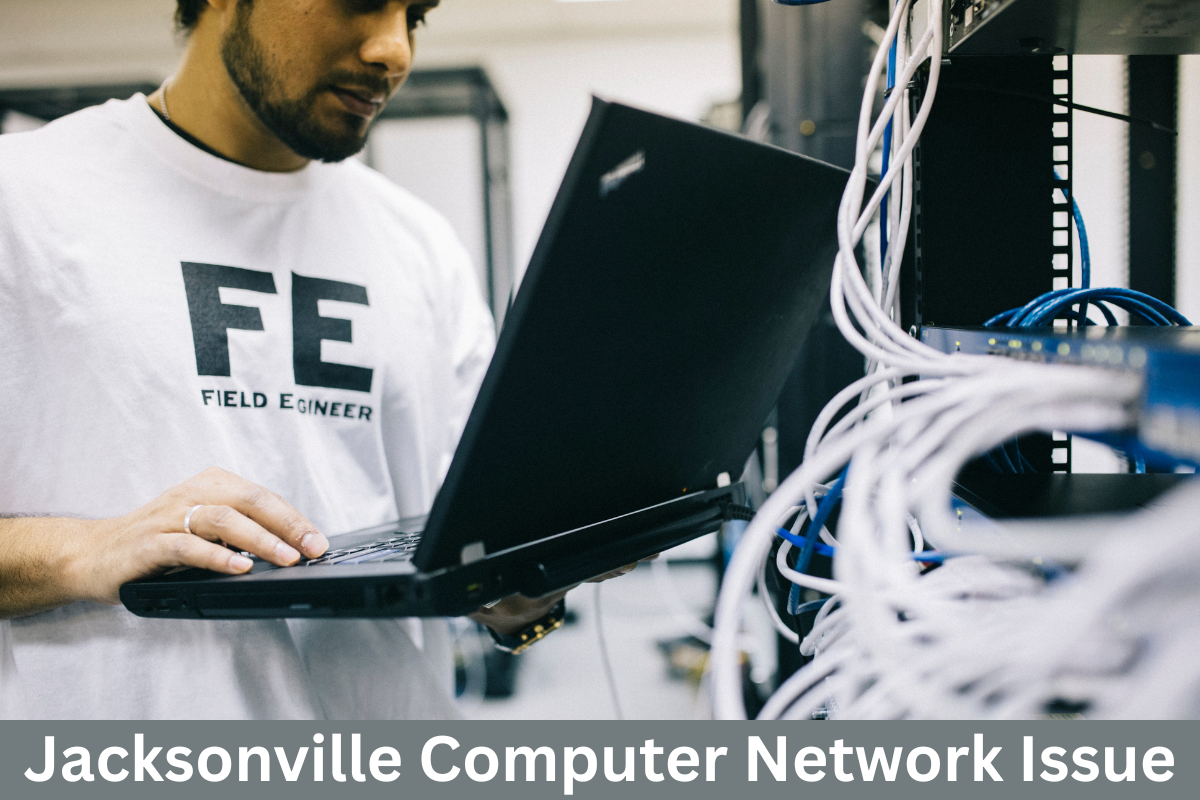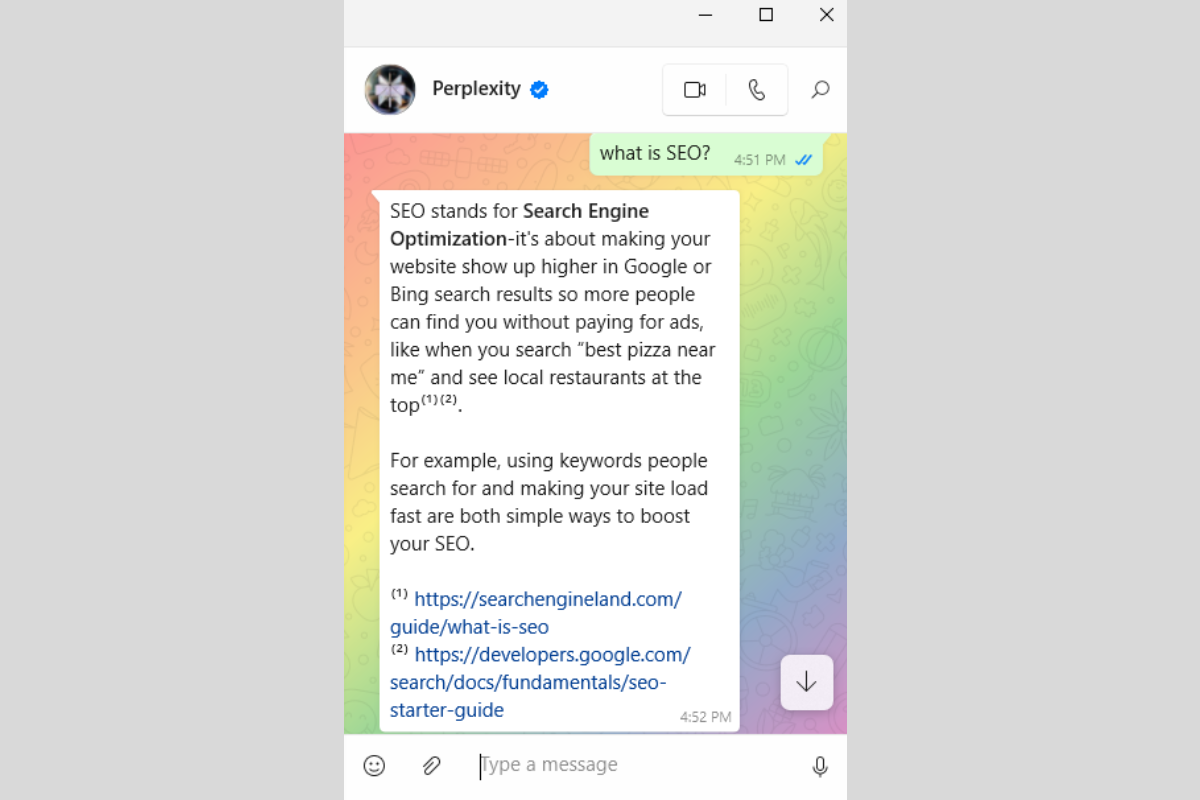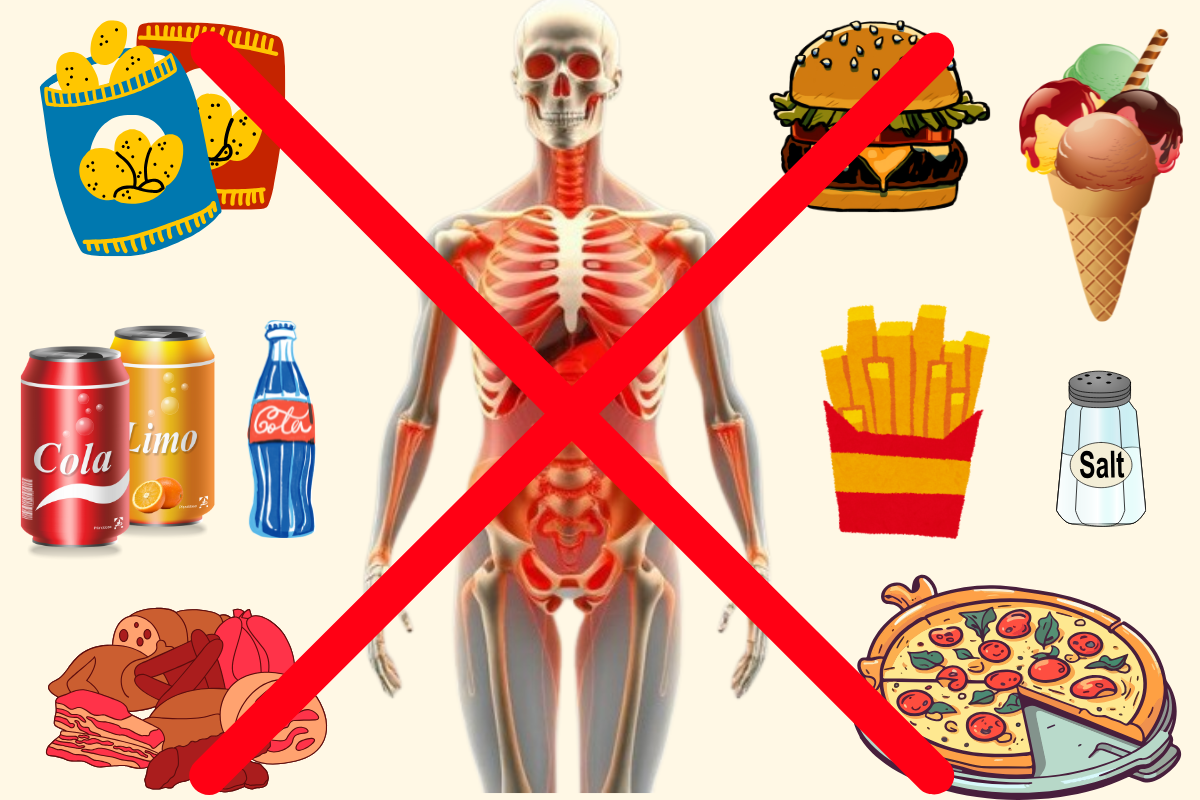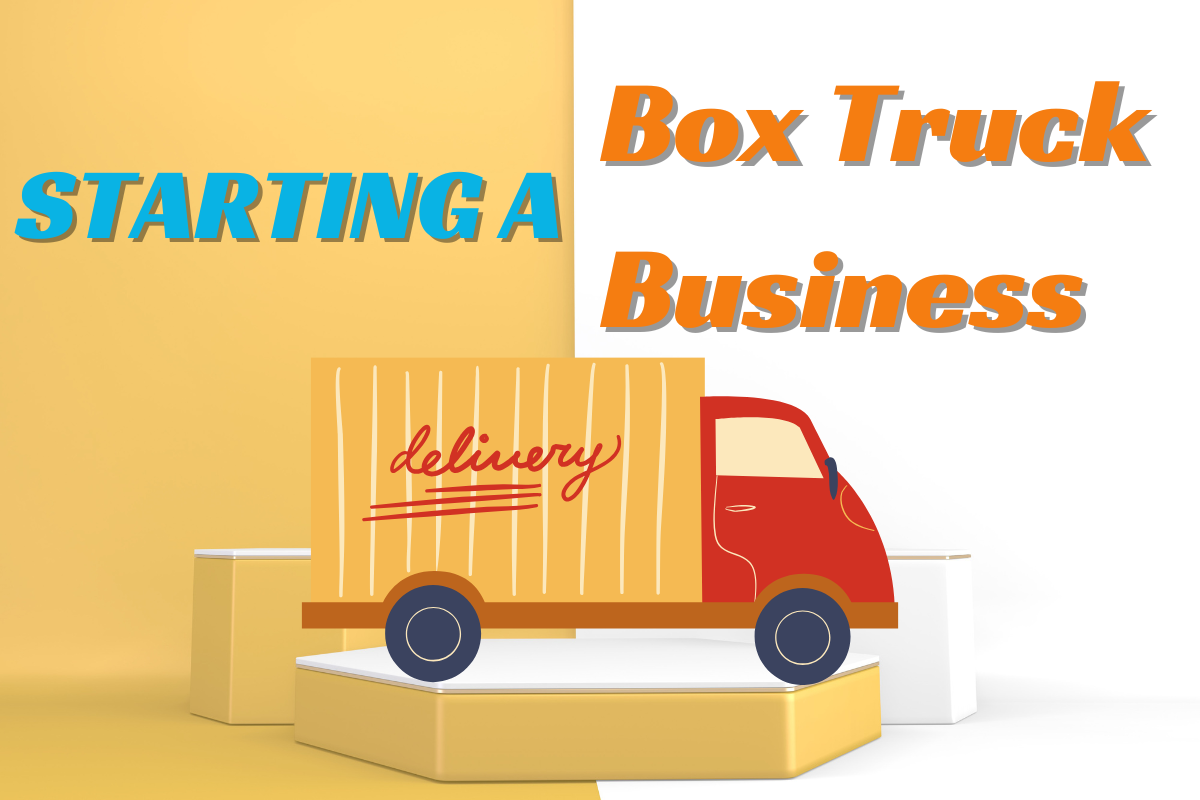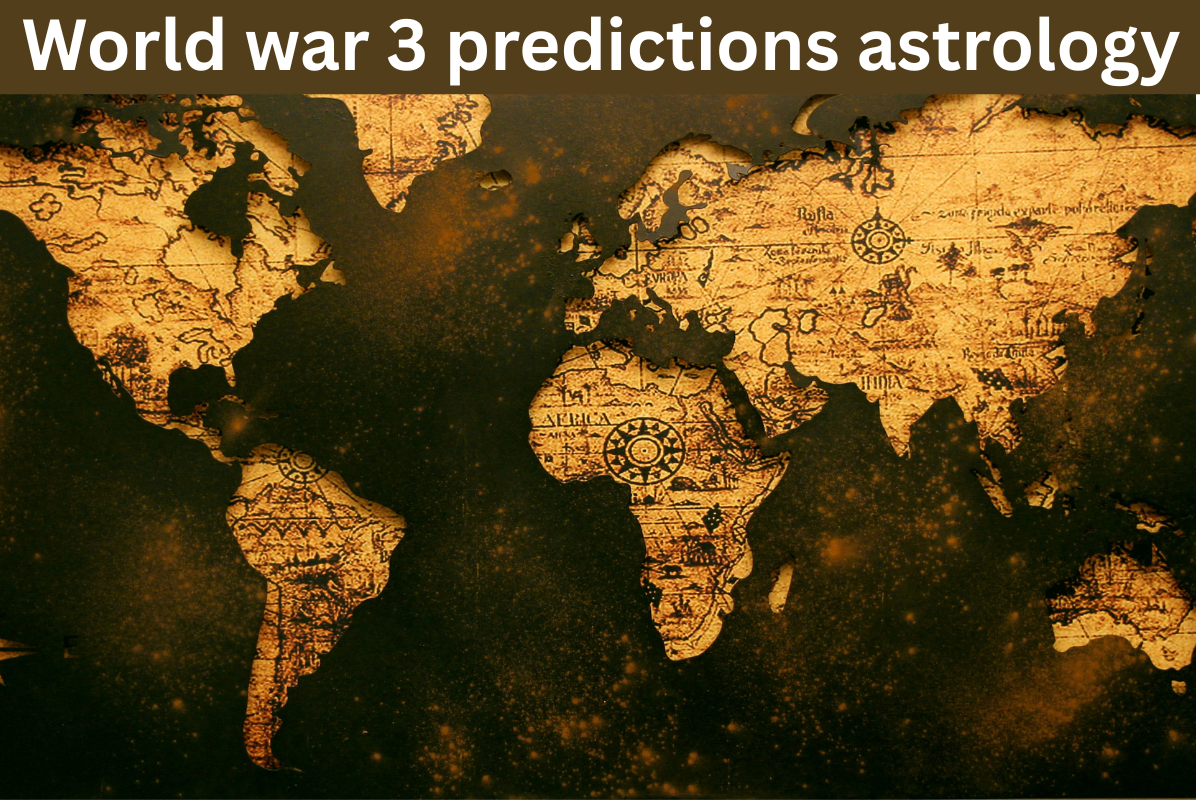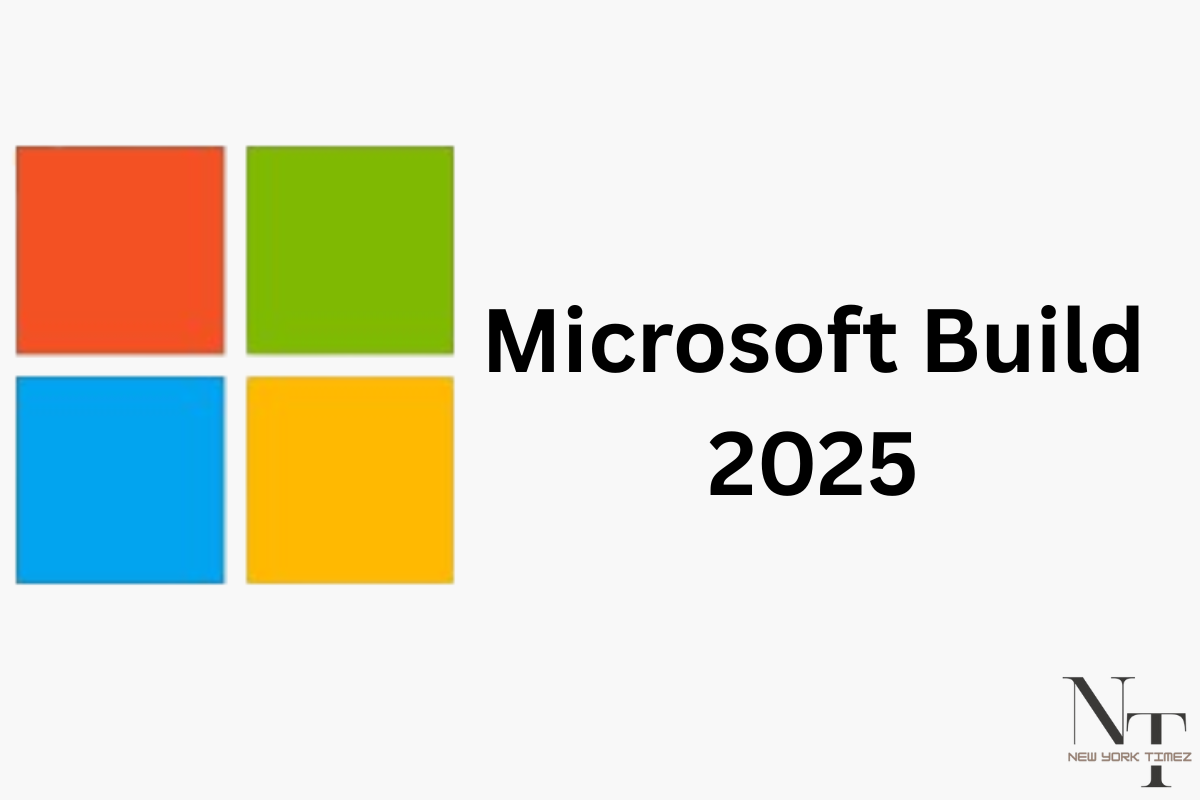
Microsoft Build 2025: Ushering in the Age of AI Agents and the Open Agentic Web
At Microsoft Build 2025, the tech giant unveiled its most ambitious vision yet: ushering in the era of AI agents and pioneering the concept of the “open agentic web.” This year’s Build conference focused on transforming how developers and enterprises approach software development, business workflows, and digital innovation—powered by cutting-edge AI systems capable of reasoning, memory, and autonomous task execution.
With AI deeply embedded in tools like GitHub Copilot, Microsoft 365 Copilot, Azure AI Foundry, and Windows, Microsoft is positioning itself as a leader in an AI-first world. Here’s a comprehensive look at the groundbreaking announcements and what they mean for developers, businesses, and the future of the internet.
From AI Tools to AI Agents: The Evolution is Here
AI tools have existed for a while, but we’re now seeing the rise of AI agents—autonomous, intelligent systems that perform complex tasks, reason across contexts, and collaborate with other agents to solve problems. These agents aren’t just reactive; they’re proactive, continuously learning and adapting.
According to Microsoft, over 15 million developers are already using GitHub Copilot, while over 230,000 organizations are leveraging Microsoft 365 Copilot to enhance productivity. Notably, 90% of the Fortune 500 have used Copilot Studio to build tailored agents and automations for business-specific needs.
Healthcare institutions like Stanford Health Care are applying AI agent technology to reduce administrative burdens. Meanwhile, enterprise users such as Fujitsu and NTT DATA are using Azure AI Foundry to create AI-powered tools that assist with sales, client insights, and proposals—showcasing the real-world utility of these AI agents.
Major Announcements from Microsoft Build 2025
1. AI Transforms the Software Development Lifecycle
At the core of Build 2025 was the transformation of the software development lifecycle through AI. Microsoft emphasized that AI is now involved in every stage—code creation, testing, deployment, and maintenance.
GitHub Copilot Evolves Into a Coding Agent: GitHub Copilot is no longer just an in-editor assistant. It now operates as an asynchronous coding agent. Developers gain access to prompt management, lightweight evaluations, and enterprise-level controls, allowing teams to test and iterate models more freely. Microsoft also open-sourced GitHub Copilot Chat for Visual Studio Code, reinforcing its commitment to open-source development.
Windows AI Foundry Launch: With the debut of Windows AI Foundry, developers can now access a unified environment to train, fine-tune, and deploy AI models directly on Windows or the cloud. This offers a seamless bridge between local and cloud-based AI workflows.
Azure AI Foundry Enhancements: New tools like Model Leaderboard and Model Router enable smarter model selection and benchmarking across over 1,900 models, including Grok 3 from xAI.
2. Enterprise-Grade, Secure AI Agents
Microsoft is focused on building trustworthy AI agents for enterprise-grade deployment. A new Azure AI Foundry Agent Service helps developers orchestrate multiple specialized agents via a unified SDK integrating Semantic Kernel and AutoGen.
To support agent governance and trust:
Azure AI Foundry Observability offers detailed tracing and real-time performance metrics.
Microsoft Entra Agent ID (in preview) provides each agent with a unique identity, mitigating the risk of “agent sprawl.”
Integration with Microsoft Purview adds powerful compliance and data security layers, ensuring enterprises can deploy AI agents safely.
3. Copilot Tuning and Multi-Agent Orchestration in Microsoft 365
With Copilot Tuning, businesses can create AI agents that understand and adapt to company-specific workflows and terminologies. These low-code agents are trained using internal company data and operate securely within the Microsoft 365 ecosystem.
Multi-agent orchestration in Copilot Studio allows the chaining of multiple agents for more complex task execution—for example, legal firms can automate document generation with agents trained on industry-specific language.
4. Laying the Groundwork for the Open Agentic Web
One of Microsoft Build 2025’s boldest concepts is the Open Agentic Web—an internet where AI agents navigate, interact, and complete tasks on behalf of users or organizations.
To support this vision:
Model Context Protocol (MCP) is now fully supported across Microsoft’s AI stack, ensuring interoperability between agents and platforms.
Microsoft and GitHub are active contributors to the MCP Steering Committee, and they’ve introduced an updated authorization protocol plus a public MCP server registry to standardize and scale agent interactions.
Additionally, Microsoft announced NLWeb, a new open project aimed at making websites “AI-friendly.” Similar to how HTML structures web content, NLWeb provides a way for websites to present content and actions in a machine-readable format that AI agents can understand and interact with seamlessly.
5. Accelerating Scientific Discovery with AI
Microsoft also unveiled Microsoft Discovery, a platform designed to revolutionize R&D and scientific breakthroughs. It supports researchers with agentic AI across the entire discovery process—from hypothesis generation to data analysis and experimentation. This platform is particularly promising for industries like pharmaceuticals, climate research, and material science.
Trending Now:- Vivo Y29 Full Review – Price in Pakistan, Specs, Features & Offers
Final Thoughts: What This Means for Developers and Businesses
Microsoft Build 2025 signals a major paradigm shift—from AI as a productivity booster to AI as a decision-making partner. Developers now have tools to build autonomous agents, businesses can securely deploy AI-powered workflows, and websites can become more interactive and accessible to AI systems.
For developers, this is a call to embrace open standards, explore agent-to-agent architectures, and harness platforms like GitHub, Azure AI Foundry, and Windows AI Foundry to build the next generation of AI applications.
For organizations, it’s time to think beyond simple automation and begin designing intelligent systems that reason, adapt, and collaborate.
The future isn’t just AI-powered—it’s agent-driven, decentralized, secure, and open.
